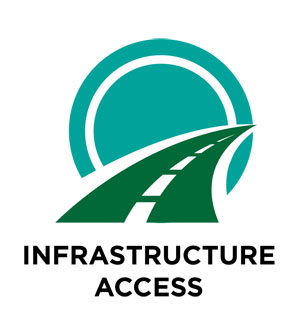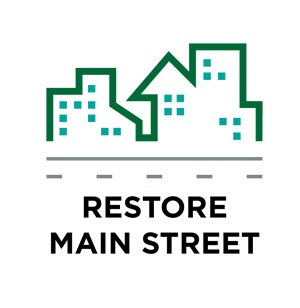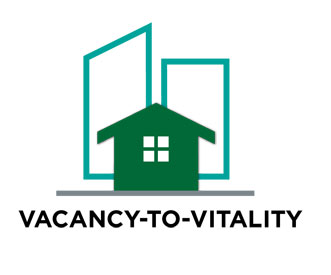Infrastructure Access Loan
Assembly Bill 264, now 2023 Wisconsin Act 14; amended by Assembly Bill 1075, now 2023 Wisconsin Act 209:
Learn more about the Infrastructure Access loan.
This competitive loan program allows a residential housing developer to apply for a loan to cover the costs of installing, replacing, upgrading, or improving public infrastructure related to workforce housing or senior housing. These costs are typically covered by the developer.



